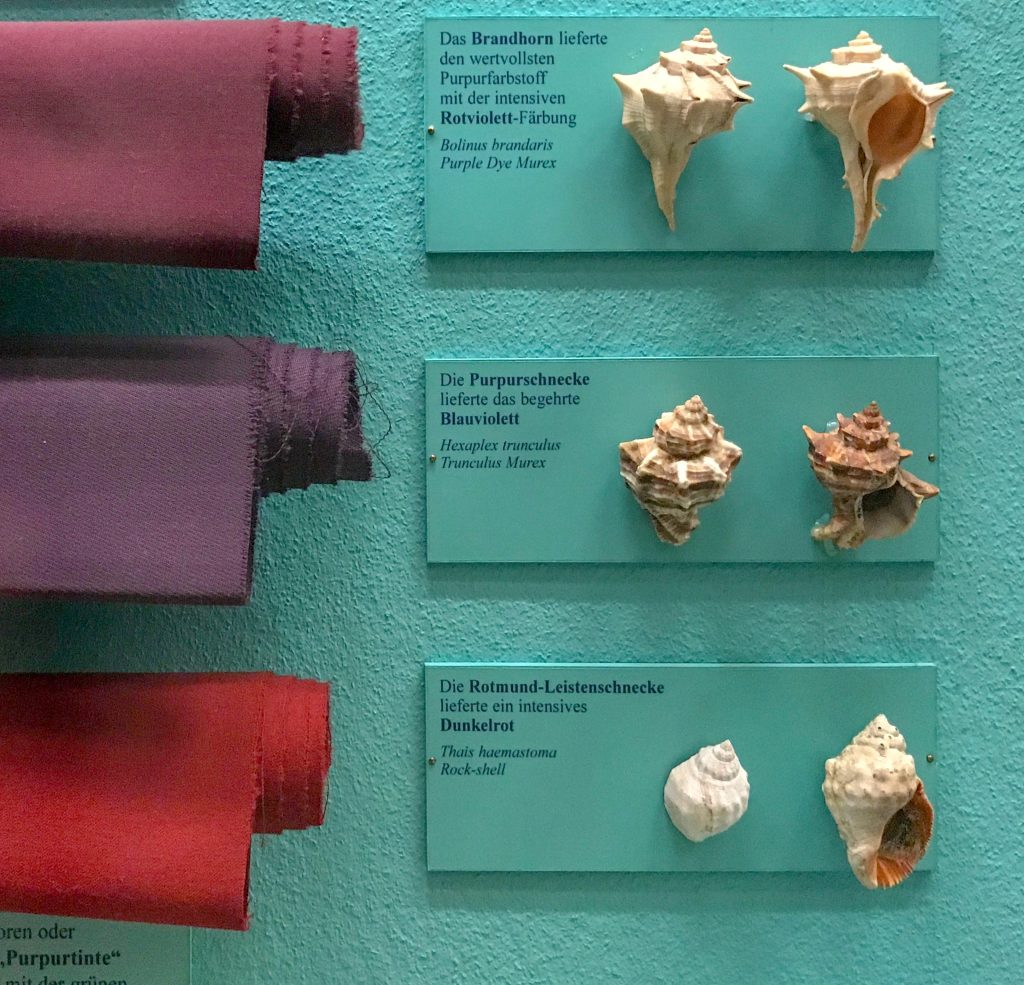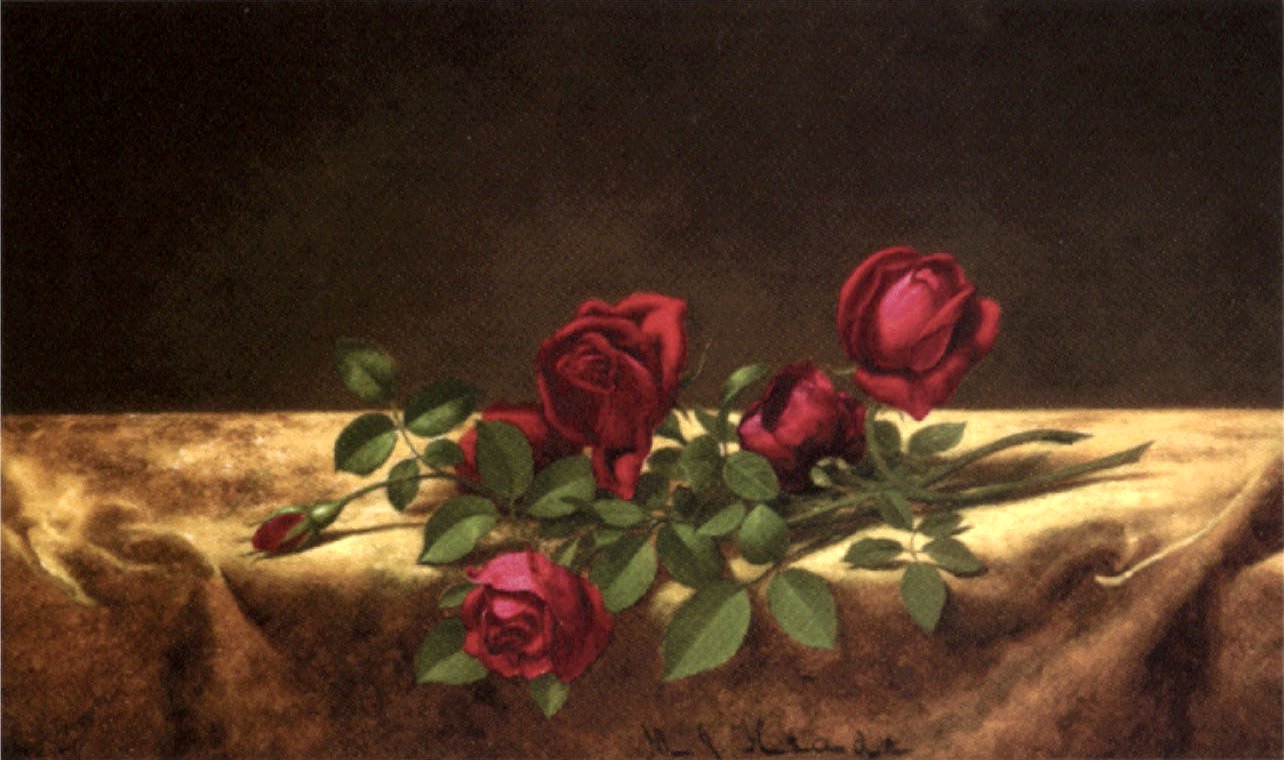
Roses Lying on Gold Velvet by Martin Johnson Heade (1819–1904)
From its beginnings, velvet has been more than a luxurious fabric. It has served as a canvas for color, with each hue carrying deep meaning and social significance. The combination of its rich texture and vibrant dye transformed velvet into a strong statement of wealth, status, and spiritual devotion. Understanding the role of dye and color symbolism in velvet production, especially for shades like crimson and imperial purple, reveals an interesting part of textile history.
The structure of this fabric, with its dense, cut pile, allows it to absorb and reflect light in a special way, making colors seem rich and deep. This quality enhanced the visual impact of costly dyes, solidifying this fabric’s status as a top luxury textile. The demand for more intense and stable colors sparked innovation in dyeing methods. Some pigments became famous for their rarity and beauty.
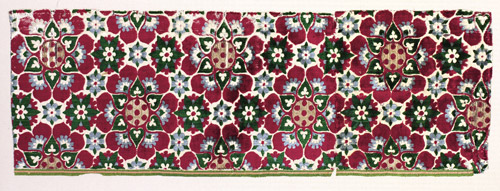
Imperial Purple Velvet: A Symbol of Supreme Power
No color in the history of velvet is as representative of power and prestige as purple. The legendary Tyrian purple, or Imperial Purple, reflects how far ancient civilizations would go for one color. This dye came from the secretions of thousands of Murex sea snails, mainly Bolinus brandaris. It was hard and expensive to produce. The process involved crushing the snails, extracting their hypobranchial gland, and a complex fermentation method. The dye varied from reddish-purple to deep, nearly blackish-purple, depending on the species of snail and dyeing technique.
Tyrian purple’s exclusivity meant only the wealthiest and most powerful could afford this fabric dyed in this regal color. Roman emperors, Byzantine royalty, and later European monarchs saved Tyrian purple velvet for their formal robes and furnishings. It became a clear symbol of imperial authority, divinity, and unmatched luxury. Wearing Tyrian purple velvet signified belonging to an elite, almost sacred lineage. The color itself told a story of power and untouchability.
Crimson Velvet: Royalty, Passion, and Piety
Alongside purple, red shades, especially crimson, played a huge role in the world of this fabric. While crimson was not as rare as Tyrian purple, it was still highly valued and often signified royalty, passion, and church authority. One major source of crimson dye was madder (Rubia tinctorum). The roots of the madder plant produced various reds, from bright scarlet to deep brownish-red, based on the mordant used and dyeing process. Madder red velvet was favored in royal courts across Europe for everything from elaborate costumes to luxurious wall hangings. Its richness and durability made it a popular way to display wealth and status.
Another significant source of crimson, especially during medieval and Renaissance times, was cochineal. This dye came from dried female Dactylopius coccus insects found in Central and South America. Cochineal produced an exceptionally bright and stable red. After the Spanish conquest of the Americas, cochineal became an important resource, changing the dyeing industry in Europe. Velvet dyed with cochineal was a striking sight, its vibrant crimson catching attention and immediately suggesting luxury and prestige. The deep red of cochineal velvet was used for ceremonial robes, liturgical vestments, and aristocratic clothing, symbolizing power, passion, and sacrifice.
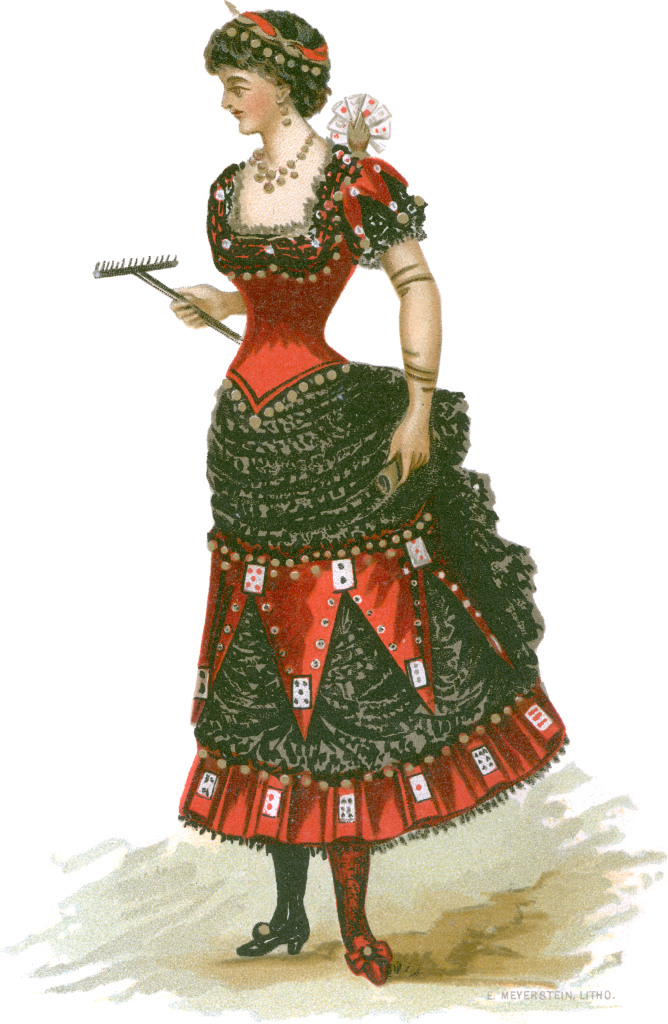
Beyond Crimson and Purple: The Full Spectrum of Velvet
Besides these iconic colors, velvet included a range of other hues, each carrying its own meaning. Deep blues, often made with indigo, represented truth, loyalty, and wisdom, appearing in academic robes and religious art. Emerald greens, likely created from plant-based dyes or mineral pigments, symbolized nature, growth, and prosperity. These greens adorned the garments of merchants and the interiors of grand homes. Golds and yellows, linked to sunlight, divinity, and wealth, were often woven into luxurious velvet brocades, sometimes incorporating actual gold or silver threads for extra opulence.
The meaning of color in velvet was not fixed; it changed with cultural, religious, and political shifts. However, the basic idea stayed the same: the color of velvet was a deliberate choice, meant to send a specific message to the viewer. It acted as a visual language understood by society that went beyond simple beauty.
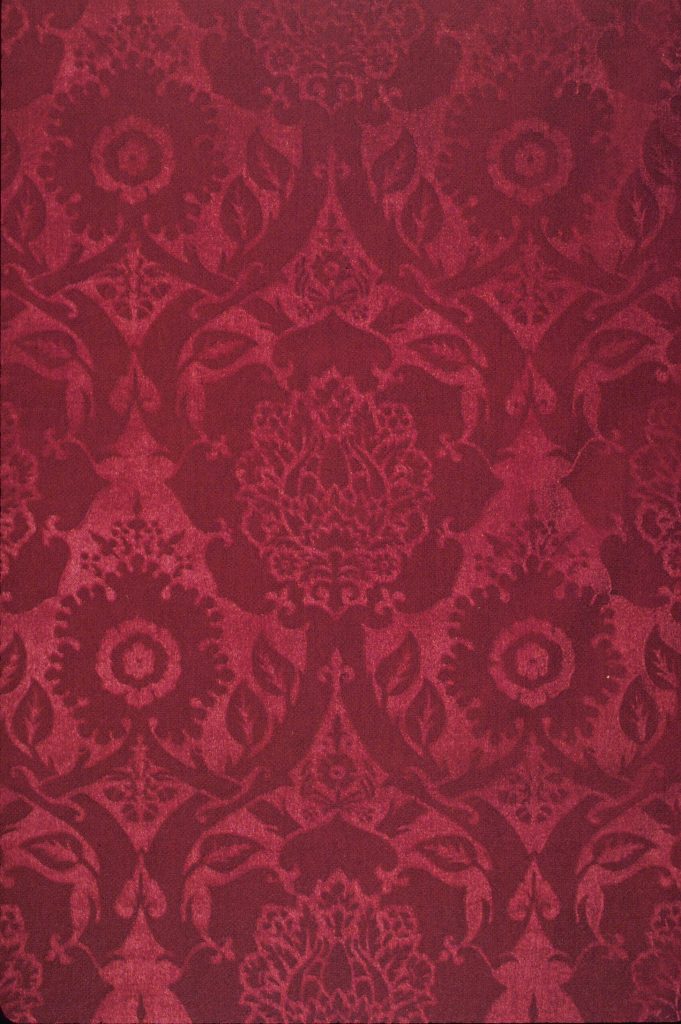
The Appeal of Colored Velvet
In conclusion, the history of velvet is closely tied to the history of dye and color symbolism. From the rare Tyrian purple to the vivid intensity of madder and cochineal reds, the colors used on this fabric were never random. They were carefully selected to convey power, prestige, piety, and emotion. Velvet‘s unique ability to capture and reflect light only heightened the meaning of each hue, making it an unmatched medium for expressing the language of color throughout history. The lasting appeal of velvet lies not just in its tactile richness but also in the deep stories woven into every colorful thread.
